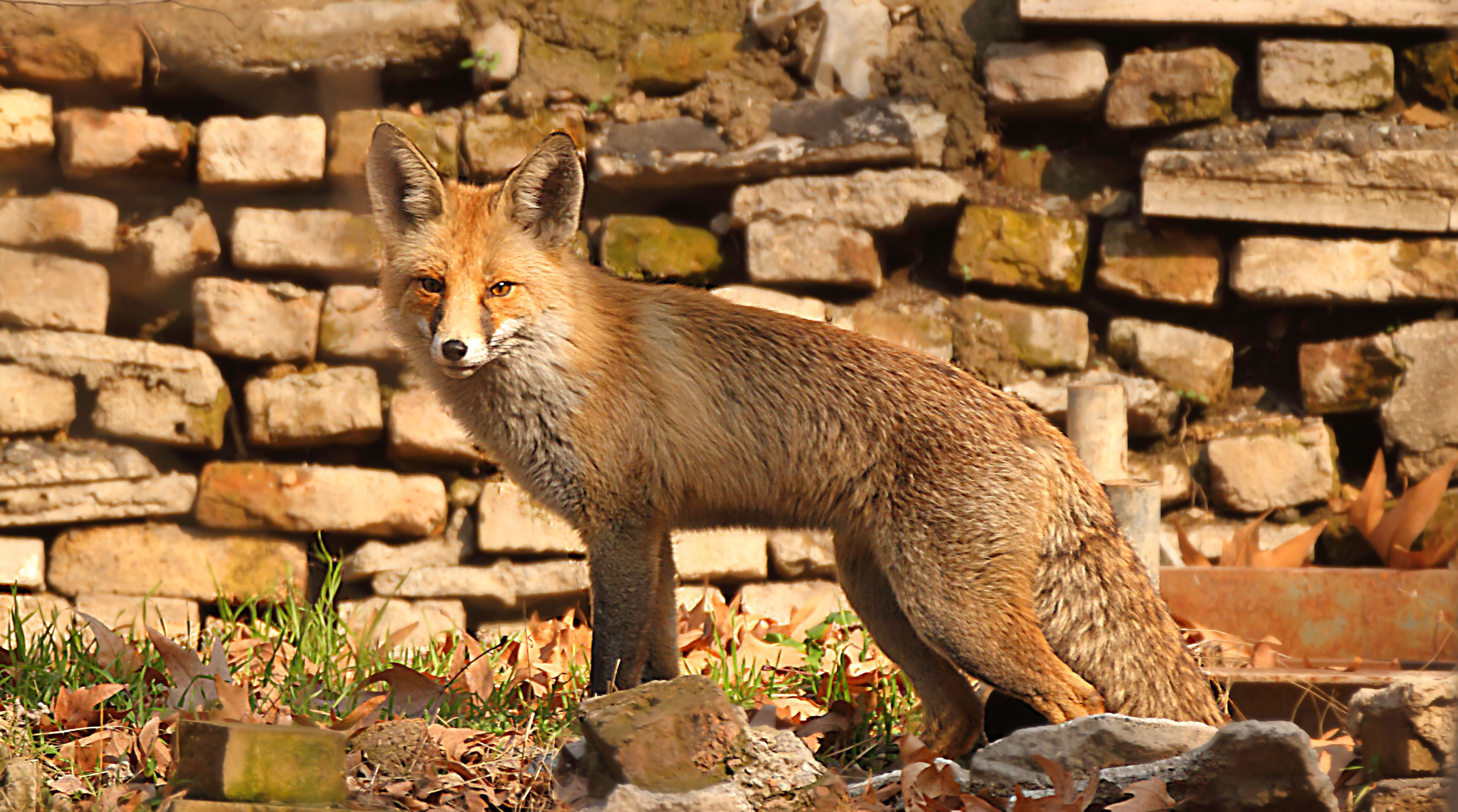Every once in a while you come across a piece of news that gives you a reason to pause. For me, the most recent news I read, which got me thinking, was one about Tehran’s residents writing to the Department of Environment complaining—for the umpteenth time—about the presence of foxes in their neighborhoods.
Environment officials and even academics have spoken to the media to let people know, time and again, that foxes are harmless and pose no threats to humans. In fact, they are crucial to controlling pest populations.
For many, fox sightings in Tehran appear to be surprising and odd, but the fact of the matter is foxes have been in Tehran since before the Iranian capital was even a city.
“Tehran’s mild climate in the past and its proximity to the Alborz Mountains (north of the city) made it an ideal location for foxes to settle in,” Mohammad Hossein Bazgir, director of the DOE office in Tehran, told ISNA over the weekend.
They’re often found in western and especially northern Tehran, where the city’s outskirts are relatively untouched.
The sightings are due to the city’s expansion and human encroachment on the foxes’ habitats.
“Some have asked us to capture these animals and release them elsewhere, but what they don’t realize is that the foxes are exactly where they’re supposed to be,” Bazgir said.
In many countries and even metropolises such as London, humans and foxes live in harmony without bothering one another.
Asking for these creatures to be removed—while unreasonable—is not the worst thing that can happen to these animals.
There have been reports of foxes tortured and killed by some who live around Tehran who consider the animals as a serious threat at best or a plaything at worse, even though people are the ones who have encroached on their territory.
“Some people justify their actions by claiming that they’re protecting their poultry farms, but that’s a lousy excuse,” Tasnim news website quoted Hesam Bakhtiari, an activist, as saying last year.
“They can set up live traps and hand the animals over to environment officials,” he added.
Foxes, particularly those found in urban areas, are primarily nocturnal hunters and prefer to search for food at a time when there is little chance of being spotted by humans.
However, according to Afshin Alizadeh, an assistant professor at the University of Tehran’s Faculty of Natural Resources, fox sightings have increased mainly because people are staying up longer.
“For a long time, these animals went unnoticed, but now that people stay out late, they’re more likely to see foxes in certain areas,” he told Farhikhtegan Online in 2014.
Foxes avoid interaction with humans as well as urban cats and dogs, a testament to the fact that they are harmless.
“Like their feline and canine counterparts in cities, foxes can become closer to humans if they see an opportunity to form a bond,” Alizadeh said.
“They more like cats, they’re skittish, but they can gradually get closer to humans given the right circumstances,” he said.
Another main reason behind fox sightings is the perpetually expanding construction of high rises that have usurped their natural habitats in the suburbs. This has compelled them to approach the human settlements for food.
Foxes are not guests in Tehran because it’s their home. They have as much right as the rest of us to be here: It’s time to befriend them.



